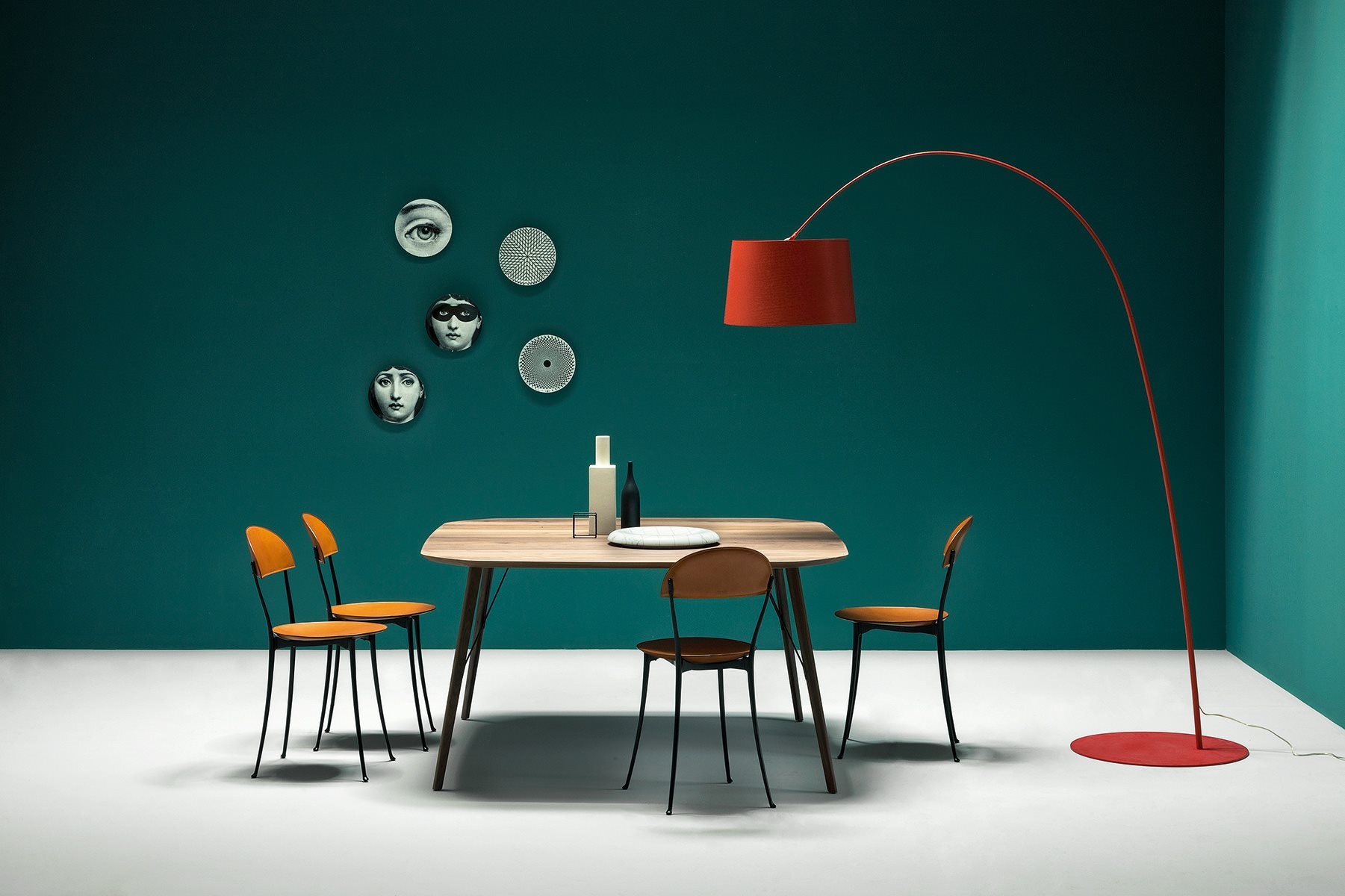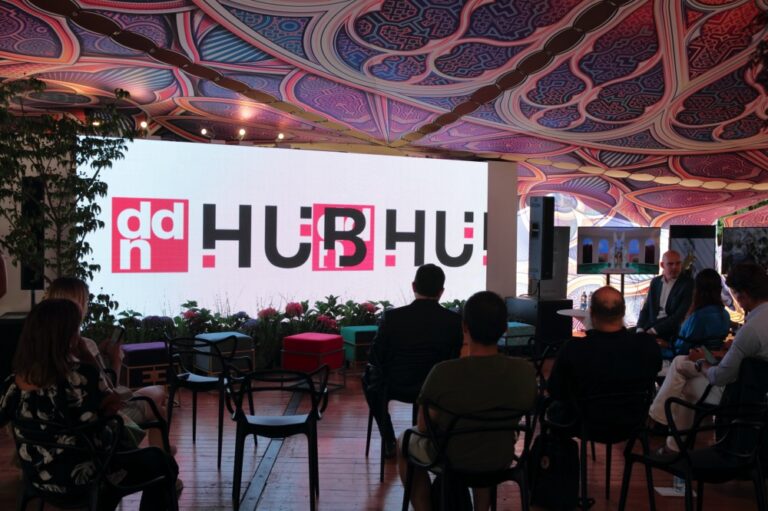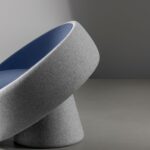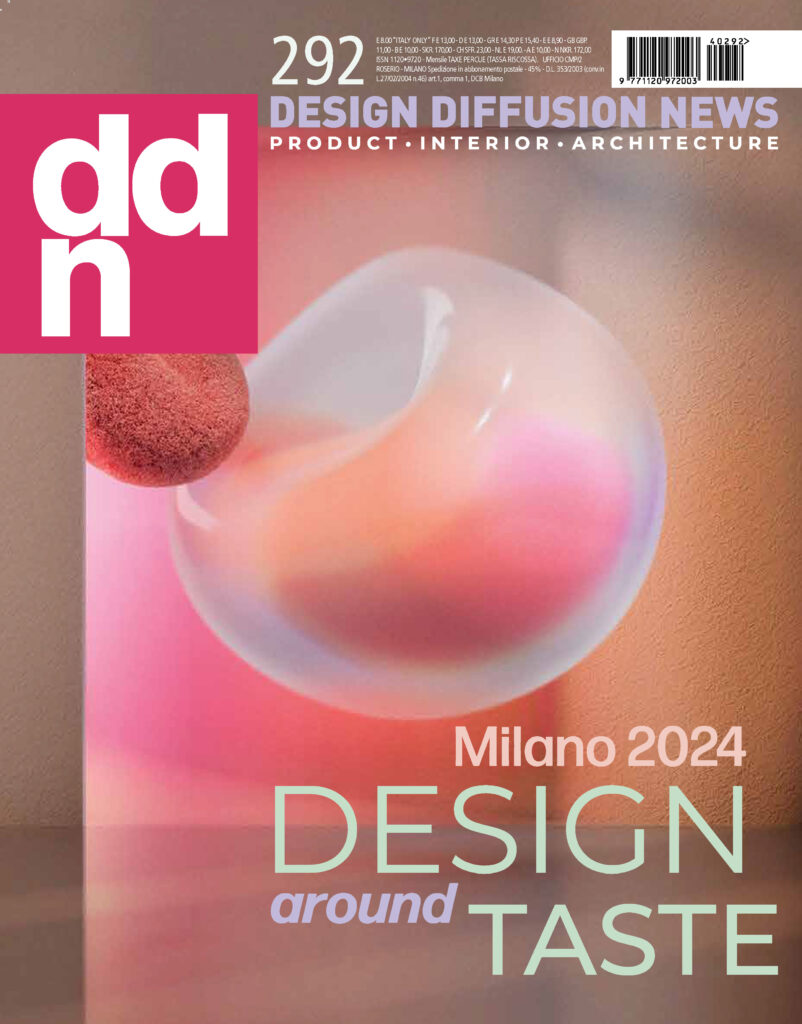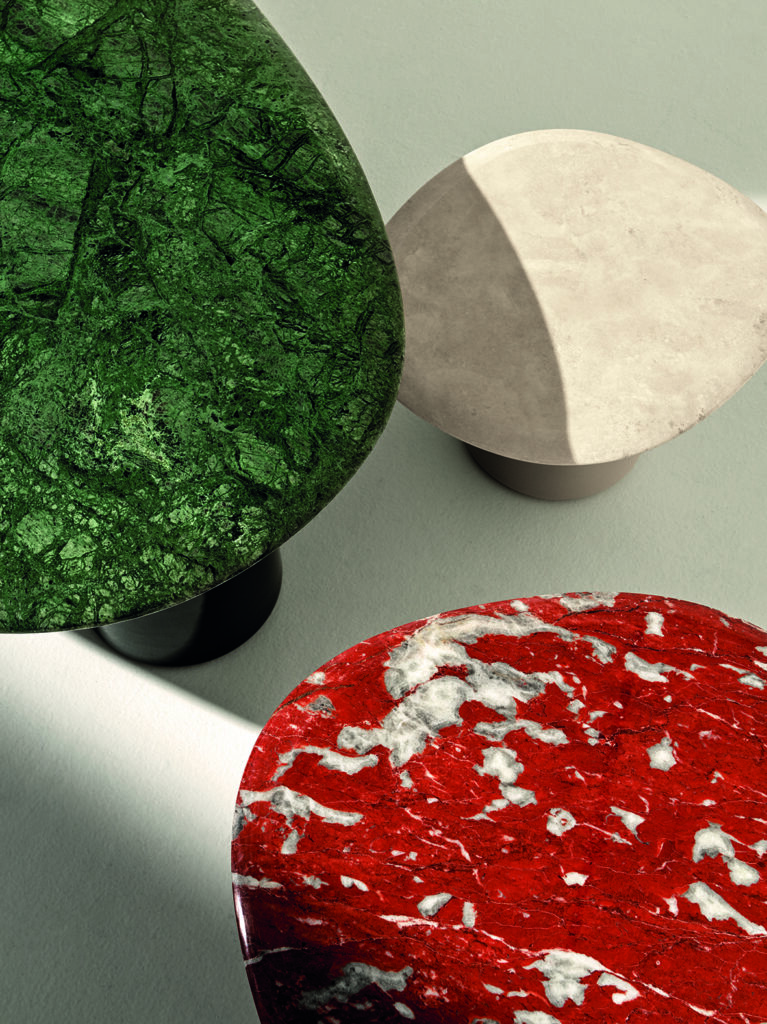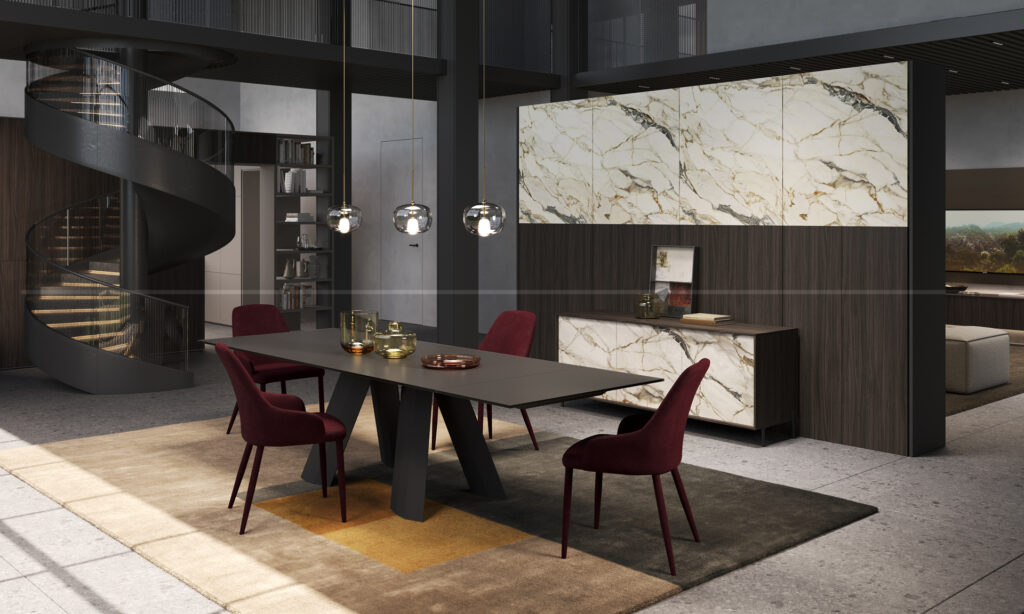It is quite difficult to talk about Enzo Mari, who passed away a few days ago, aged 88. It is difficult because he was a designer, and this is beyond question. He designed very successful products, and this is beyond question too. To his dismay, one might say. Mari always maintained that designers should have a political role and that they should not just design goods.
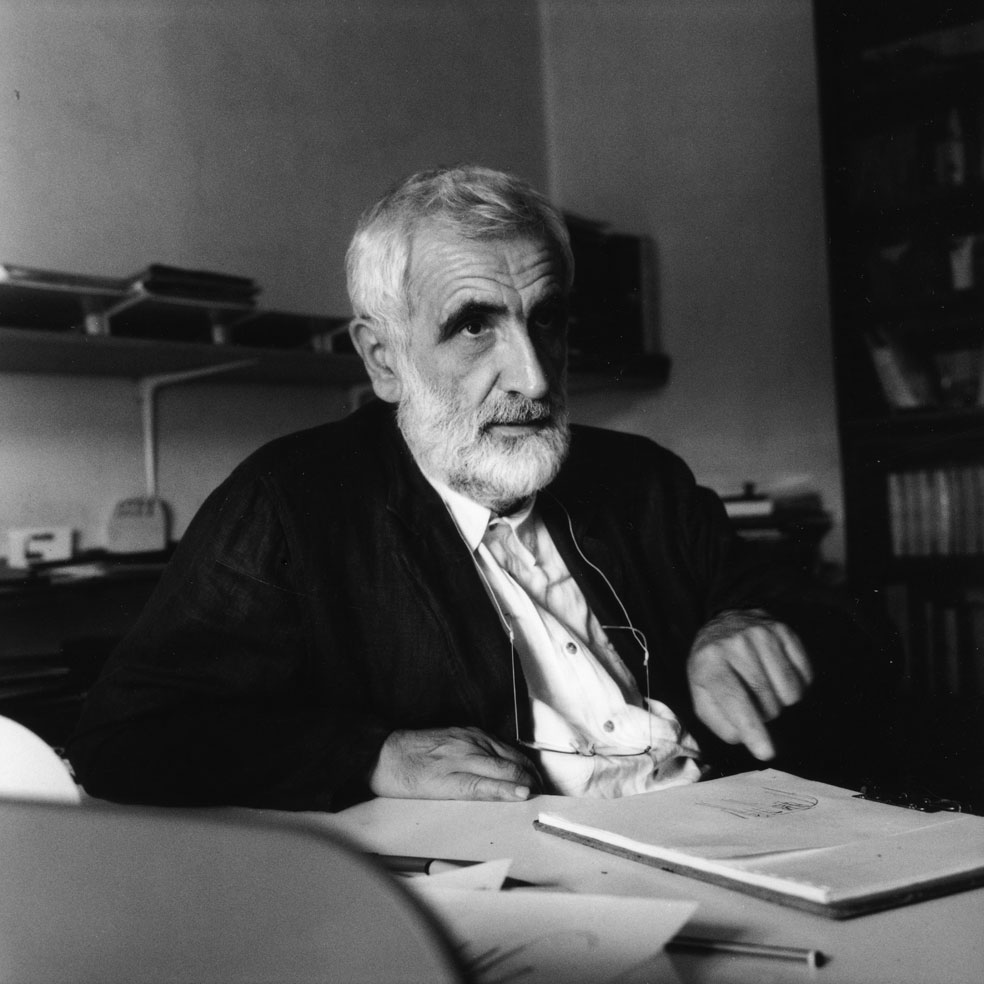
During his very long career, Enzo Mari designed over 1,500 objects and artifacts, many of which have become everyday objects. As he probably wanted, and as it should be: not exhibited in the wrong place, but simply used for the function for which they were intended. Which, after all, should be the goal of design.
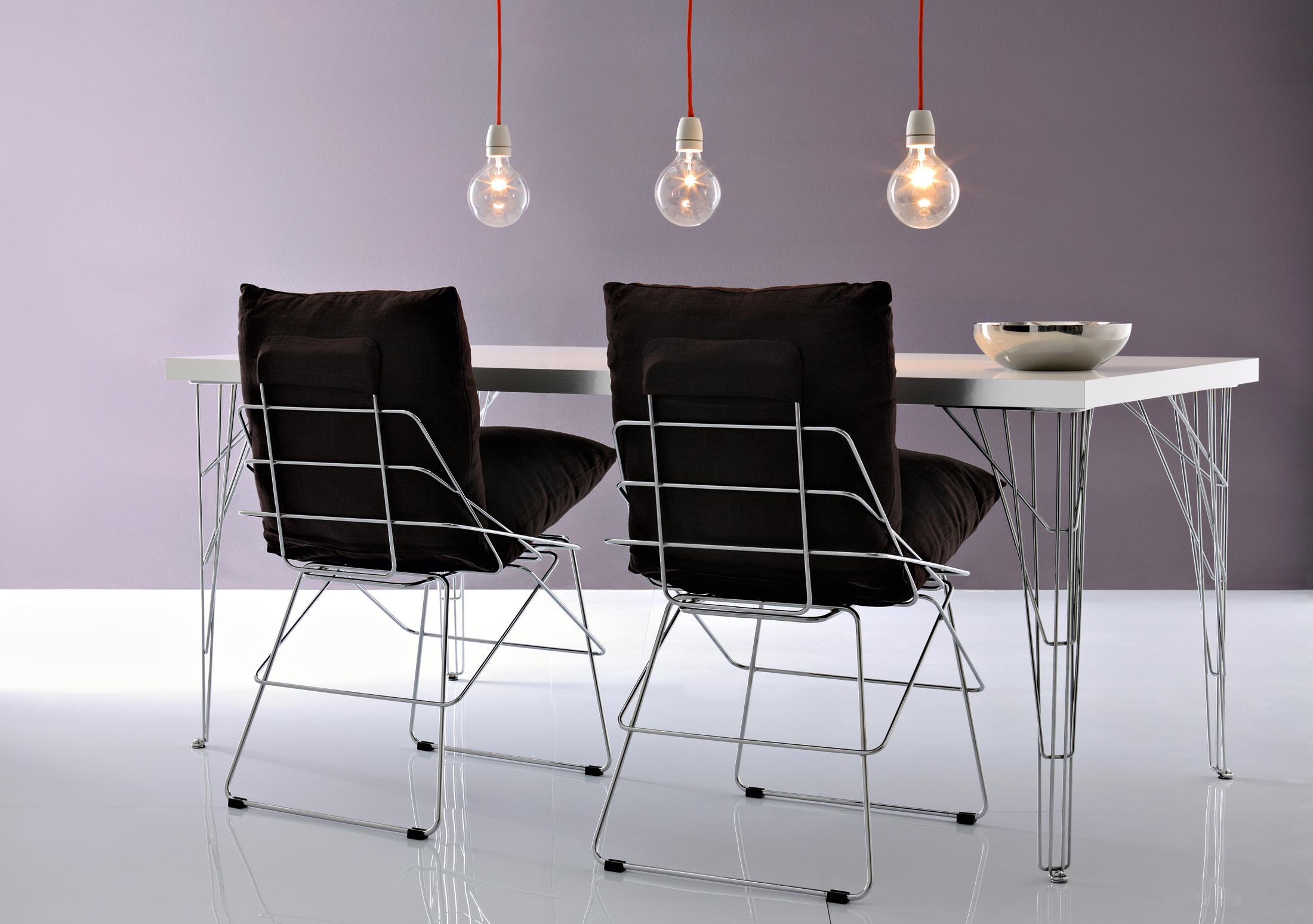
From Autoprogettazione to the DIY disassemblable designer chair
Therefore, talking about Enzo Mari by listing the products he designed would be really reductive. Born in the province of Novara, he was a Milanese by adoption, and shared with Milan all the seasons of contemporary history – from the “Hot Autumn”, to the oil crisis, to the dark years of terrorism, to the “riflusso” (a general withdrawal to the private sphere) of the 1980s. These periods were reflected in his projects as a designer and as an artist. In 1974, for example, with the exhibition “Proposta per un’autoprogettazione”, at Galleria Milano, Mari tried to build an alternative to the “design boutique system”, as he already called the design system with its design-production-sale in an exclusive store chain.
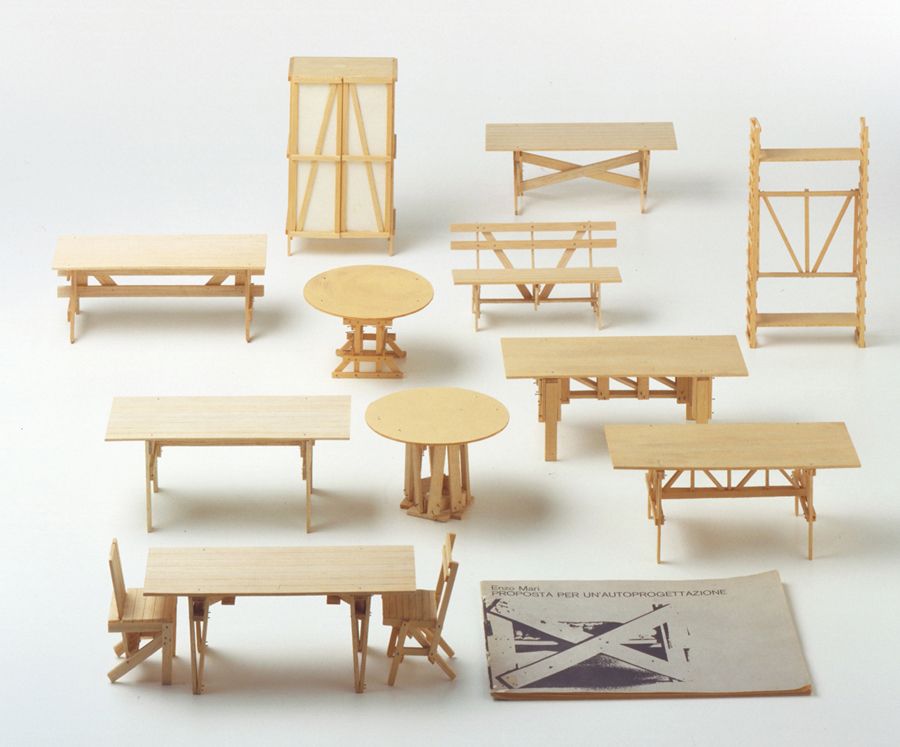
The Autoprogettazione (literally, self-design) catalogue included few and simple pieces of furniture that anyone could build at home with wood, hammer and nails. Their design was deliberately very simple, so that, although planks were not cut with utmost precision, the piece could be assembled anyway. The volume published by Edizioni Corraini in 2002, Autoprogettazione?, included several letters from people who had built their furniture following the instructions of “Proposta per un’autoprogettazione”, and all of them were extremely satisfied with the result and the quality/price ratio. In 2012, Artek produced the Sedia 1 chair, from the Autoprogettazione catalogue.
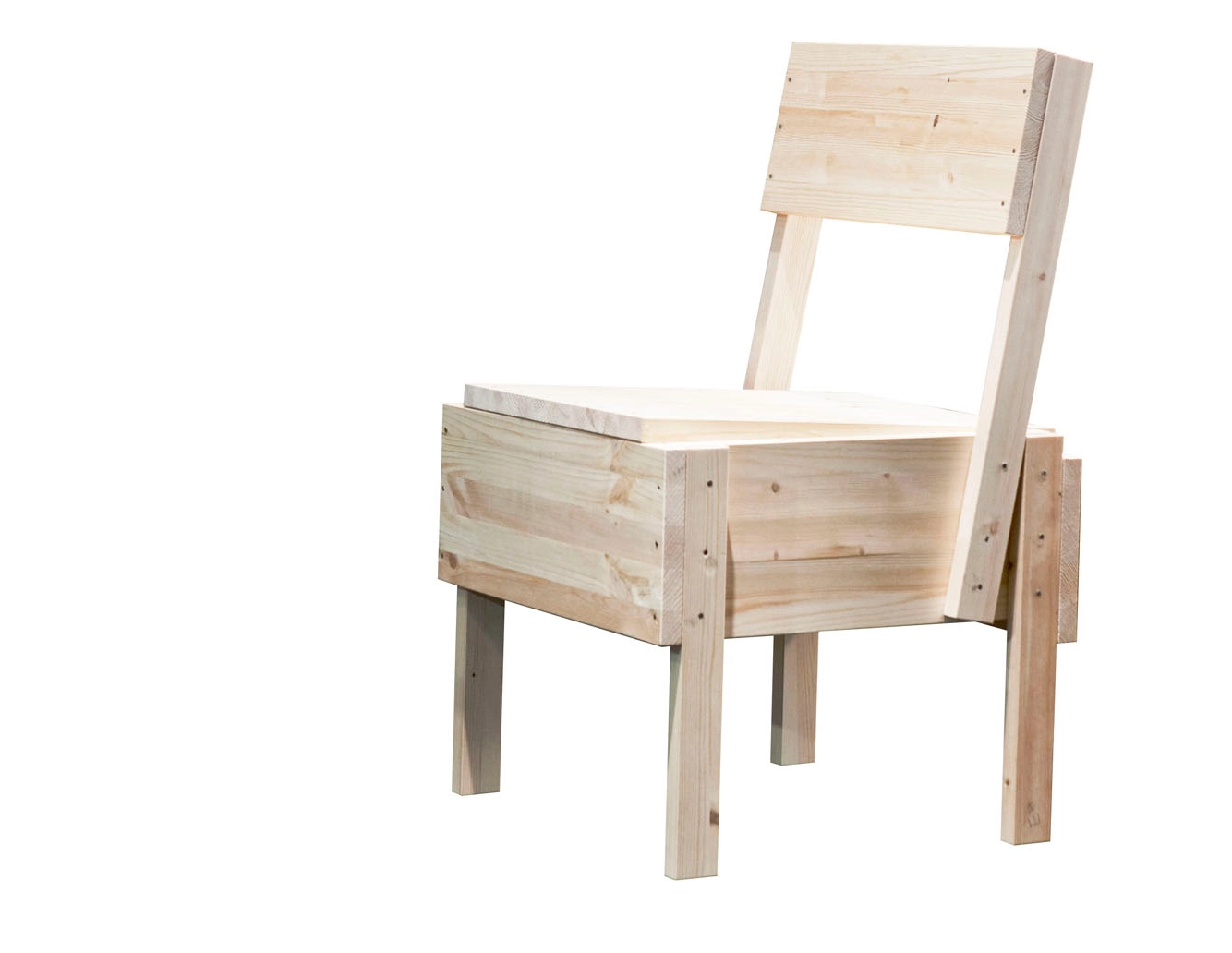
In the early Seventies, Enzo Mari had designed a chair for Driade, the Box chair, which could be disassembled in only 8 pieces, sold in a box and carried in a bag, encouraging once again the design inclination that all of us have. Because since the early Seventies Mari had thought that everyone could and should design (progettare in Italian). He also said that, if the Italian word for design was progetto, there had to be a reason. The Box chair was reissued later, in 1996.
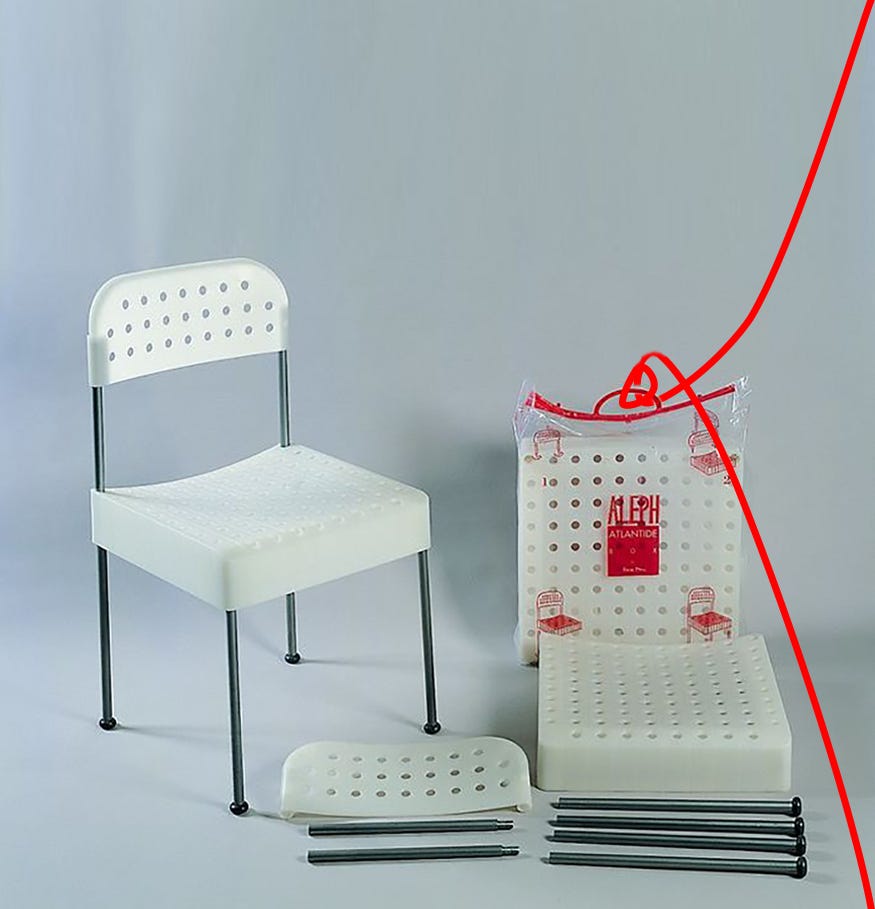
Enzo Mari’s objects made their way into history before stores
Among the myriad of objects he designed, some have become part of our daily lives and many people could have used Enzo Mari’s objects without even knowing. From the 16 Animals by Danese, to the Tonietta chair by Zanotta, to the Sof Sof or Delfina chairs by Driade, to the calendars designed for Danese, in all the offices since the Sixties.
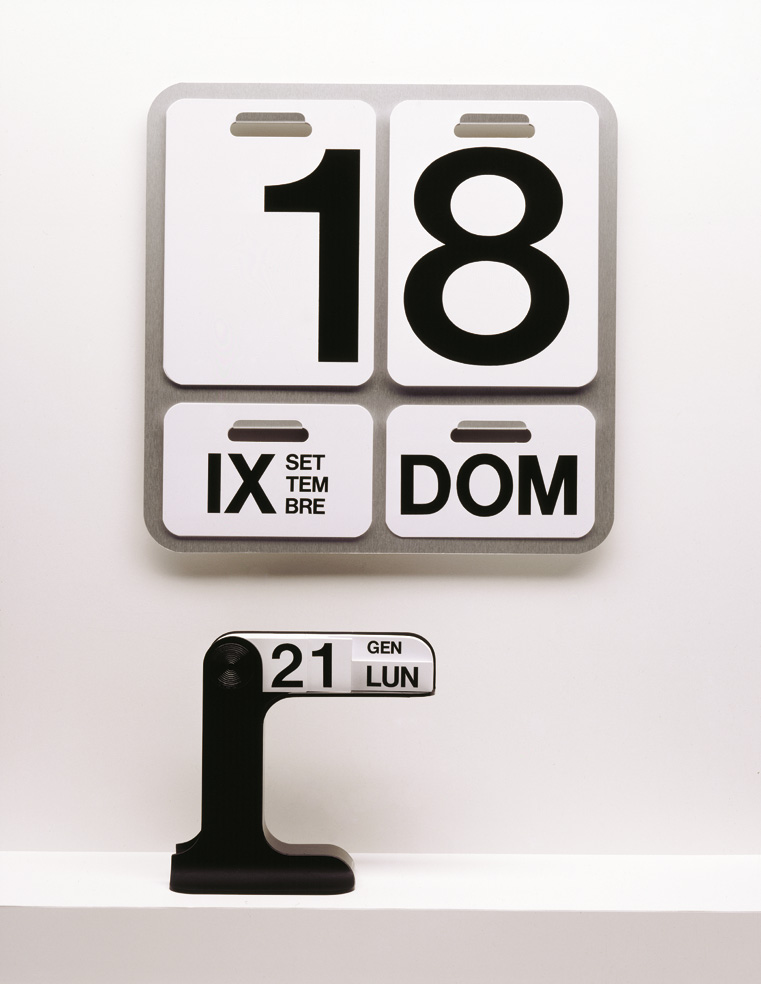
With the spirit that always characterized him, Enzo Mari passed away two days after the inauguration of a major retrospective exhibition at Triennale di Milano, running until 18 April 2021. The exhibition, curated by Hans Ulrich Olbrist and Francesca Giacomelli, documents his work through projects, models, drawings and materials, many of which have never been exhibited before, from the Enzo Mari Archive, recently donated to CASVA – Centro di Alti Studi sulle Arti Visive of the City of Milan.
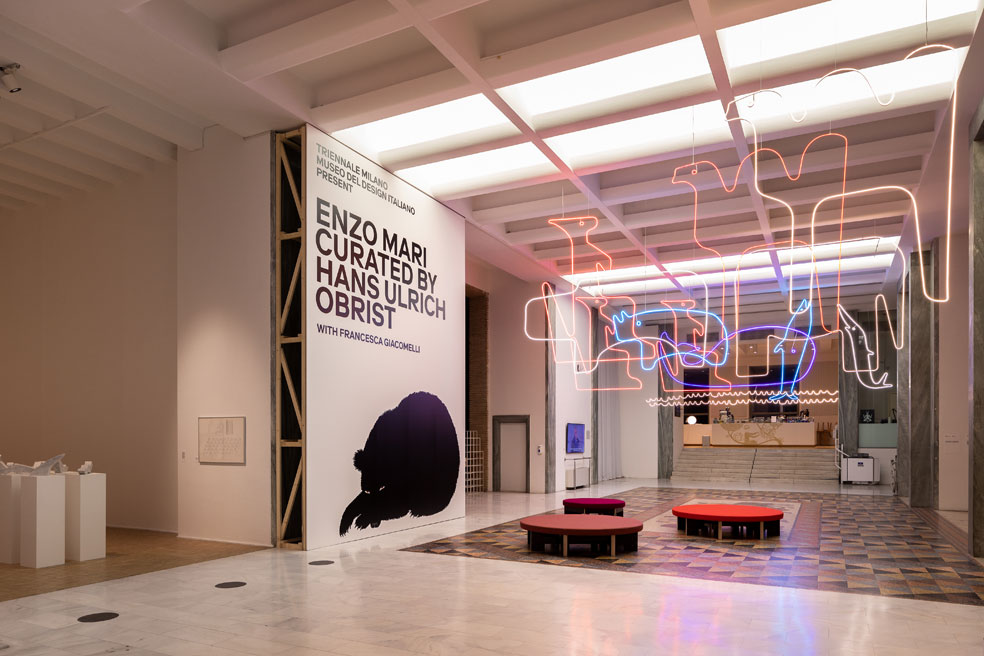
Enzo Mari, a story made of objects
Mari showed contempt for the commodification of objects – and in some cases his reasons were well-founded – because he believed that objects should be projects first. Projects, objects with a purpose, not “imitations, executed without understanding”. In several interviews, he stated that an object had the same expressive power as a work of art and had to speak with its essence. And this must have been the case if some of his projects have really improved the daily lives of millions of people and received five Compasso d’Oro awards. Sorry if this isn’t enough.
